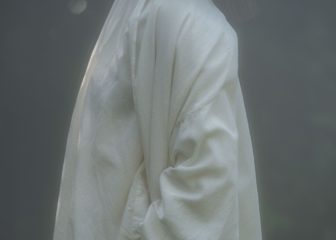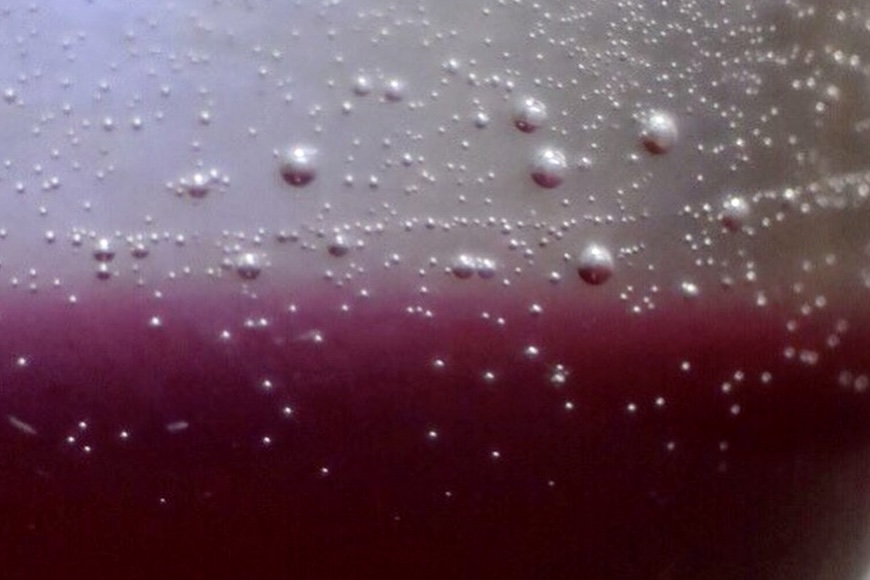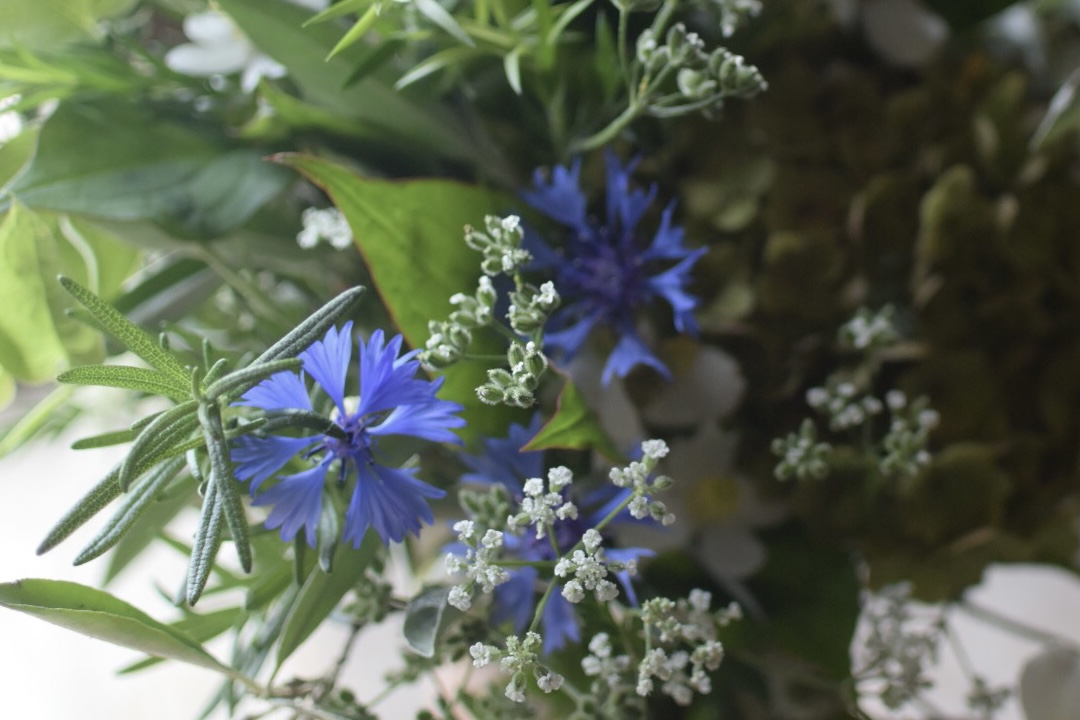The Wonders of Color

After the summer solstice, the muggy, sweaty weather continues.
Meanwhile, the recent heavy rains have washed everything clean, and it is sparkling as if all the dirt has been washed away, and the workings of nature are giving us a sense of freshness that refreshes our mood.
In the " Outfit " section of the Utsushiki homepage, I am allowed to write freely about the various clothes and accessories that are collected at Utsushiki. Last week, I wrote about the colors I felt at the "Dream of White Light" exhibition at COSMIC WONDER.

When researching color, there is an overwhelming amount of information, probably as many as the number of stars in the sky.
The word "iro" as we generally know it is one of the sensations of things that appear to the eye through light, according to the dictionary.
I began to find it very strange that colors have names based on different wavelengths and that we recognize them as a common language.
In Iroha ni ho heto (colors are fragrant but they scatter), colors are used as metaphors for material phenomena.
I learned that it is a word with many different aspects, such as expressing the relationship between a man and a woman and having the meaning of life because it represents blood.

This has really piqued my interest and made it an area I would like to continue to explore further.
Here's a story about color.
Long ago, there was a story going around among people.
One fine day, two princesses were walking across a wide plateau.
They are Princess Amenoshitateru and Princess Konohanasakuya.
The young princesses still have a lot to talk about.
Princess Sakuya, moreover, was engrossed in the story of Ninigi no Mikoto, whom she had recently met by chance at Kasasazaki.
In particular, the princess's ample breasts were bouncing and smelling sweet after being proposed to so suddenly.
Suddenly, a swan fell from the sky and crouched down in front of the princesses.
In a dying state.
He was straining his stomach with his legs and constantly complaining of pain.
I looked and saw that it had a blade of grass in its beak.
It is a ground cherries-like plant with lots of leaves on a stem about 50cm long.
The princesses immediately realized that it was "this grass" and quickly gave him some of its juice to drink.
And sure enough, the swan quickly regained its strength, revived, flapped its wings with all its might, bowed repeatedly to the princesses, and then disappeared as if absorbed into the edge of the blue sky.
Then the princesses saw it.
Dots of grass juice splattered here and there, staining the white wings a beautiful blue color.
The princesses stood there in shock for a while, then they realized that the swan was an incarnation of God.
The swan bestowed upon the princesses wisdom on dyeing and then flew away.
Soon the two of them found the plant, squeezed out the juice, and tried to dye white clothes.
The batter quickly turned a beautiful blue.
The princesses were so moved that they looked up to the sky, bowed their heads and gave thanks to God.
This is the story of how indigo dyeing began.

This is a passage from an old book I found at a now-defunct Asian restaurant I stopped by a long time ago.
While I was waiting for the food, I remembered that I had been engrossed in taking notes of things I didn't want to forget, so I pulled them out for the first time in a while.
I feel like I'm drowning in a lot of information, but I want to learn more than just tracing.
Let's make it a habit to pick up the things that we want to remember at that moment.
And it doesn't end there, when an opportunity to learn arises,
Have the curiosity to go further and further in.
Saori Konishi

